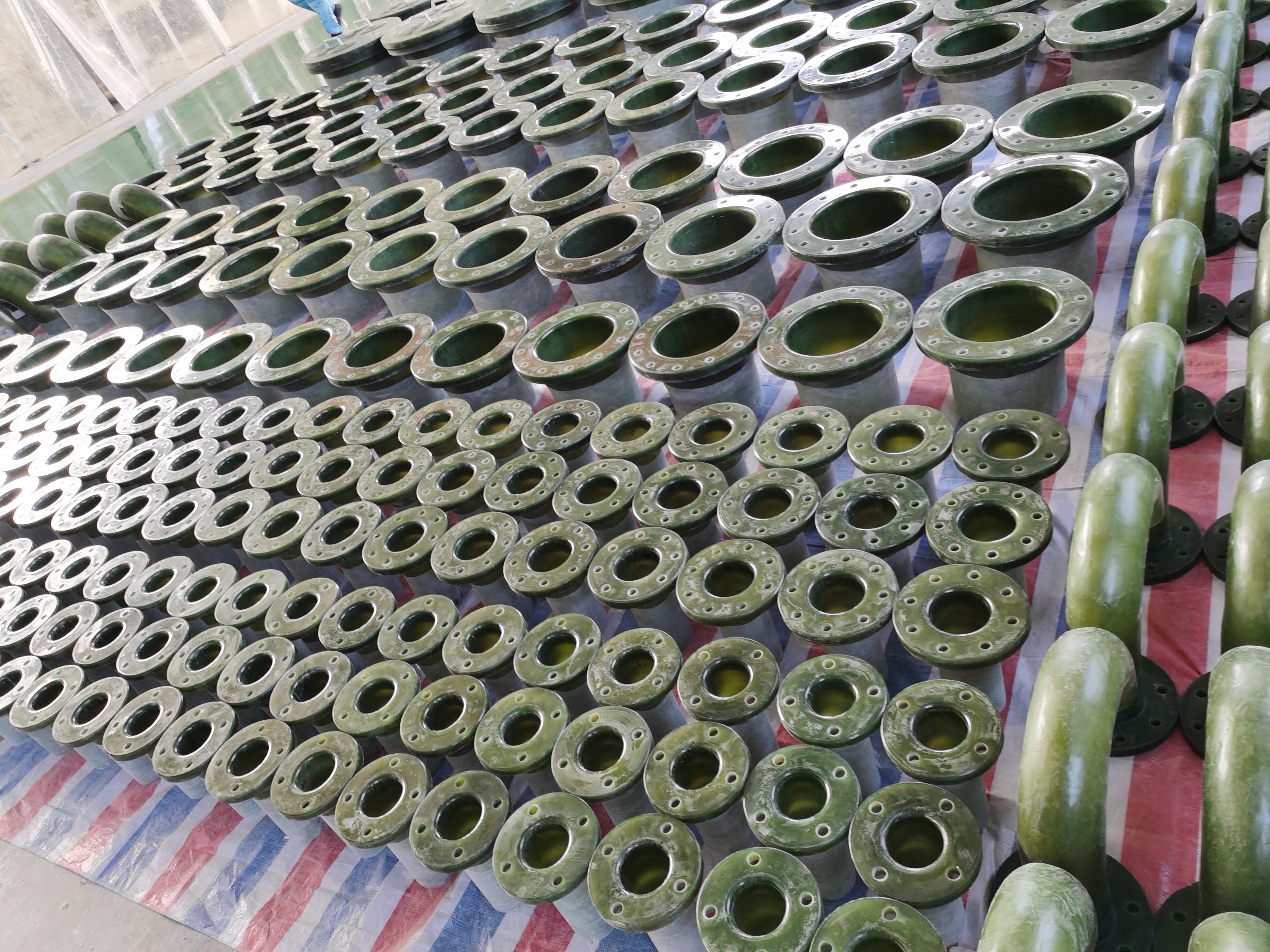
-
 Afrikaans
Afrikaans -
 Albanian
Albanian -
 Amharic
Amharic -
 Arabic
Arabic -
 Armenian
Armenian -
 Azerbaijani
Azerbaijani -
 Basque
Basque -
 Belarusian
Belarusian -
 Bengali
Bengali -
 Bosnian
Bosnian -
 Bulgarian
Bulgarian -
 Catalan
Catalan -
 Cebuano
Cebuano -
 China
China -
 China (Taiwan)
China (Taiwan) -
 Corsican
Corsican -
 Croatian
Croatian -
 Czech
Czech -
 Danish
Danish -
 Dutch
Dutch -
 English
English -
 Esperanto
Esperanto -
 Estonian
Estonian -
 Finnish
Finnish -
 French
French -
 Frisian
Frisian -
 Galician
Galician -
 Georgian
Georgian -
 German
German -
 Greek
Greek -
 Gujarati
Gujarati -
 Haitian Creole
Haitian Creole -
 hausa
hausa -
 hawaiian
hawaiian -
 Hebrew
Hebrew -
 Hindi
Hindi -
 Miao
Miao -
 Hungarian
Hungarian -
 Icelandic
Icelandic -
 igbo
igbo -
 Indonesian
Indonesian -
 irish
irish -
 Italian
Italian -
 Japanese
Japanese -
 Javanese
Javanese -
 Kannada
Kannada -
 kazakh
kazakh -
 Khmer
Khmer -
 Rwandese
Rwandese -
 Korean
Korean -
 Kurdish
Kurdish -
 Kyrgyz
Kyrgyz -
 Lao
Lao -
 Latin
Latin -
 Latvian
Latvian -
 Lithuanian
Lithuanian -
 Luxembourgish
Luxembourgish -
 Macedonian
Macedonian -
 Malgashi
Malgashi -
 Malay
Malay -
 Malayalam
Malayalam -
 Maltese
Maltese -
 Maori
Maori -
 Marathi
Marathi -
 Mongolian
Mongolian -
 Myanmar
Myanmar -
 Nepali
Nepali -
 Norwegian
Norwegian -
 Norwegian
Norwegian -
 Occitan
Occitan -
 Pashto
Pashto -
 Persian
Persian -
 Polish
Polish -
 Portuguese
Portuguese -
 Punjabi
Punjabi -
 Romanian
Romanian -
 Russian
Russian -
 Samoan
Samoan -
 Scottish Gaelic
Scottish Gaelic -
 Serbian
Serbian -
 Sesotho
Sesotho -
 Shona
Shona -
 Sindhi
Sindhi -
 Sinhala
Sinhala -
 Slovak
Slovak -
 Slovenian
Slovenian -
 Somali
Somali -
 Spanish
Spanish -
 Sundanese
Sundanese -
 Swahili
Swahili -
 Swedish
Swedish -
 Tagalog
Tagalog -
 Tajik
Tajik -
 Tamil
Tamil -
 Tatar
Tatar -
 Telugu
Telugu -
 Thai
Thai -
 Turkish
Turkish -
 Turkmen
Turkmen -
 Ukrainian
Ukrainian -
 Urdu
Urdu -
 Uighur
Uighur -
 Uzbek
Uzbek -
 Vietnamese
Vietnamese -
 Welsh
Welsh -
 Bantu
Bantu -
 Yiddish
Yiddish -
 Yoruba
Yoruba -
 Zulu
Zulu
fiberglass food grade equipment a closer look at its features and
A Closer Look at Fiberglass Food Grade Equipment Features and Benefits
In today’s modern food industry, maintaining hygiene and safety standards is paramount. As food production and processing technologies evolve, so do the materials used in equipment. One such material gaining popularity is fiberglass, particularly in the form of food grade equipment. This article delves into the features and benefits of fiberglass food grade equipment, shedding light on why it’s becoming a staple in various food-related sectors.
The Composition of Fiberglass Food Grade Equipment
Fiberglass consists of fine fibers of glass and is reinforced with a polymer matrix, making it both lightweight and durable. To be classified as food grade, the fiberglass must meet strict regulatory standards, ensuring it is safe for food contact. This equipment is often used in settings such as food processing plants, commercial kitchens, and restaurants because it doesn't leach harmful substances into the food or beverages it comes in contact with.
Key Features of Fiberglass Food Grade Equipment
1. Durability Fiberglass is inherently strong and resistant to impact, making it ideal for environments where durability is crucial. Unlike metal or plastic, fiberglass does not corrode or rust, which extends its lifespan and maintains the integrity of the equipment.
2. Hygienic Properties The non-porous surface of fiberglass means that it does not harbor bacteria or mold, which is essential for food safety. It can be easily cleaned and sanitized to meet health regulations, minimizing the risk of contamination.
3. Chemical Resistance Fiberglass is resistant to various chemicals, making it suitable for environments where food ingredients, detergents, and sanitizers are present. This resistance ensures that the equipment maintains its structural integrity over time.
fiberglass food grade equipment a closer look at its features and

4. Lightweight and Manageable Compared to traditional materials like stainless steel, fiberglass is significantly lighter. This characteristic makes it easier to handle, transport, and install. Employees can maneuver fiberglass equipment without the risk of injury associated with heavy materials.
5. Versatile Applications Fiberglass food grade equipment can be molded into a variety of shapes and sizes, catering to different needs within the food industry. Whether it's tanks, tables, countertops, or custom molds, fiberglass can be adapted to suit various applications.
Environmental Benefits
In a world increasingly focused on sustainability, fiberglass offers some environmental advantages. Many fiberglass food grade products are made from recycled materials, and the manufacturing process can be more energy-efficient than that of metals. Furthermore, the longevity of fiberglass contributes to reduced waste, as less material needs to be replaced over time.
Cost-Effectiveness
While the initial investment in fiberglass food grade equipment may be higher compared to traditional materials, the long-term savings in maintenance, replacement costs, and safety compliance can outweigh these upfront expenses. Fiberglass’s durability and low maintenance requirements make it a cost-effective choice for businesses looking to optimize their operations without sacrificing safety.
Conclusion
As food safety regulations tighten and the food industry continues to innovate, fiberglass food grade equipment is emerging as a reliable choice for manufacturers and processors. Its unique combination of durability, hygiene, chemical resistance, and versatility positions it as an ideal material for a range of applications in the food sector. Embracing fiberglass not only enhances operational efficiency but also aligns with sustainable practices, making it a forward-thinking choice for today’s food industry professionals. As we look to the future, the role of fiberglass in food grade equipment is likely to expand, driving further innovation and safety in the culinary world.
Latest news
-
Exploring the Benefits of Top Hammer Drifter Rods for Enhanced Drilling PerformanceNewsJun.10,2025
-
High-Precision Fiberglass Winding Machine for GRP/FRP Pipe Production – Reliable & Efficient SolutionsNewsJun.10,2025
-
FRP Pipes & Fittings for Shipbuilding - Corrosion-Resistant & LightweightNewsJun.09,2025
-
Premium FRP Flooring Solutions Durable & Slip-ResistantNewsJun.09,2025
-
Premium Fiberglass Rectangular Tanks Durable & Lightweight SolutionNewsJun.09,2025
-
Tapered Drill String Design Guide Durable Performance & UsesNewsJun.09,2025









